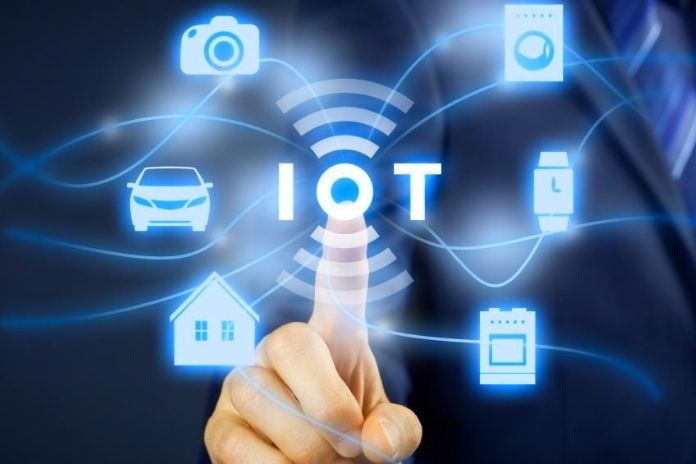The Internet of Things impacts business and industry across all sectors – and on consumers. In general, a distinction must be made between an Internet of Things concept for consumers and industry.
Machines and systems are equipped with intelligent sensors and networked with each other to better planning processes in production and manufacturing and make them more cost- and time-efficient. The IoT technology automates entire industrial operations along the whole value chain and enables direct communication between machines, systems, goods and people.
The IoT for consumers, on the other hand, mainly includes the networking of everyday end devices and is primarily a consequence of the triumph of smartphones – this includes digital assistants such as Alexa, Siri and Google Assistant, through the networking of household items and home entertainment devices to digital energy management solutions and intelligent security solutions for your own home (keyword: smart home).
IoT solutions are primarily implemented to make the business more profitable in companies. Profitability can be realized directly through cost reductions or indirectly through competitive advantage.
The success of Internet of Things products starts with the right strategy. These four points should be considered when prototyping products:
Test Early & Keep Project Scope Small
Prototypes of both hardware and software services should be developed as early as possible and tested in small experiments at a low cost. The focus should be on keeping the scope of the project as small as possible, using a minimal number of Internet of Things devices to collect real-time data, and keeping complexity as low as possible.
The venture prototyping lab supports both the hardware prototyping (form, design, functionality) of a product and the software prototyping, i.e., software development that interacts optimally with the devices.
View Projects As An Ongoing Experiment For Quick Adjustments
Adjustments to the strategy should be possible at any time. Internet Of Things projects should therefore be considered both short-term and long-term. Due to the complexity of these products, the result is difficult to predict at the beginning of the project. One should, therefore, always regard Internet of Things projects as an ongoing experiment that should not stick too much to what was determined at the beginning of the project.
The venture approach starts with simple prototypes that fulfill the essential need. After intensive testing on the market, the learnings are used to iterate and develop further. The prototypes with the best performance are then brought to market maturity and launched both nationally and internationally.
Find A Way To Get Valuable Data
The search for alternatives is also crucial. IoT can collect data based on which decisions can be made. Initially, however, the focus should generally be on finding a way to get valuable data. If the Internet of Things turns out to be the optimal solution, the prototyping of the solution can begin.
Using proven methods such as data thinking, which combines design thinking and data science into a holistic approach, the venture enables optimal, business-relevant (IoT) solutions and well-founded decision-making based on valid data.
Find The Internet Of Things Business Model
You have to find an Internet of Things-enabled business model. Because developing an IoT product does not necessarily mean earning money with it. With an IoT-based business model, it is essential to pay attention to the added value for the end customer and the connectivity, which should be available to the customer 24/7 so that any added value can be achieved at all.
Venture first determines the (market) value of an Internet of Things product and focuses exclusively on developing profitable business models. These are tested, further developed, adapted, and ready for the market.
Also Read: Application Examples Of Machine Learning In Cyber Security

